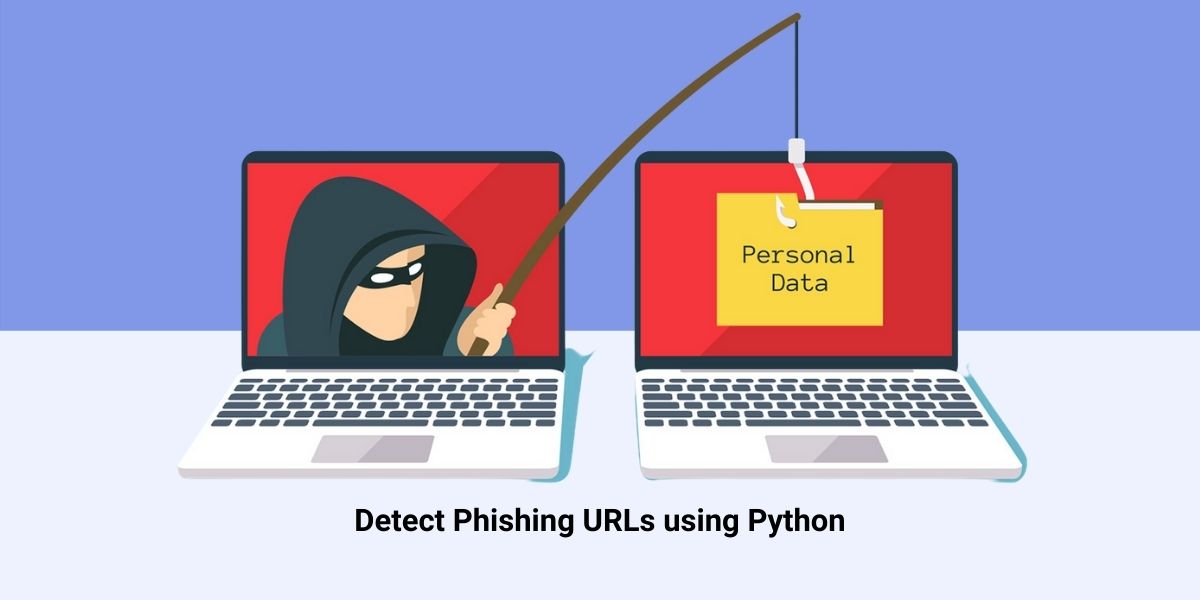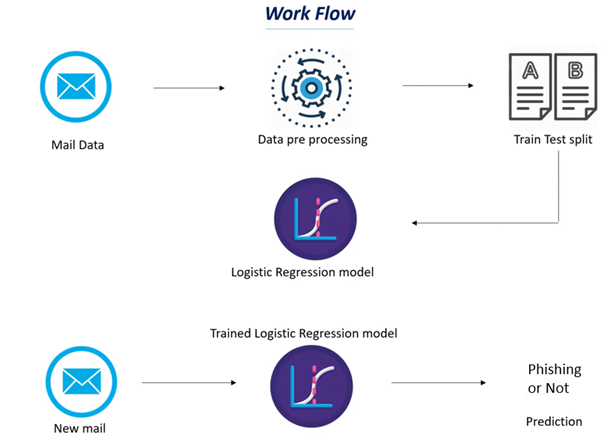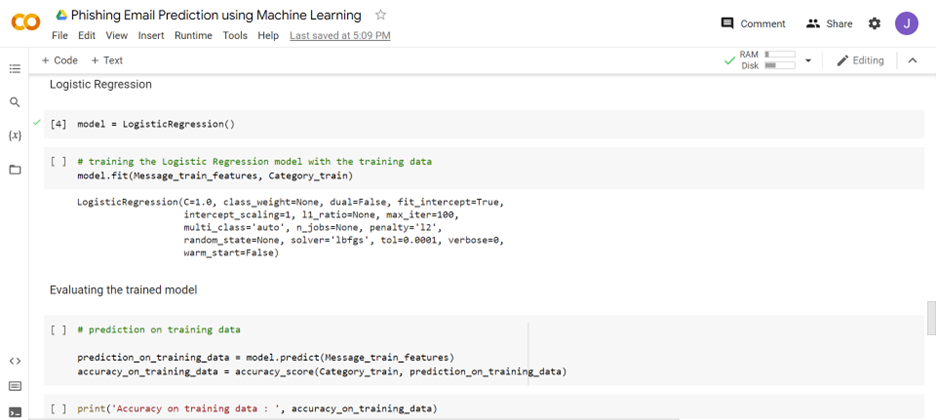Phishing Email Prediction using Machine Learning with Python

Background:
During my employment with Health Plan of San Joaquin (HPSJ), I had taken on various fun projects, one being the development and maintenance of a phishing email predictive model with Scikit-learn in Python.
While data confidentiality is important when working in any type of industry, it is especially vital for a healthcare organization to keep their patient’s information safe and secure as it has the potential to physically harm people. That being said, phishing remains one of the major causes of breaches in this type of industry. As a result, we took the initiative to start lending our fellow employees a helping hand in detecting phishing emails through machine learning.
Solution:

At a high level, we have constructed a standard workflow where we begin by collecting mail data (both phishing and non-phishing emails), process the data and convert these text mails into meaningful key values for the machine to process, and train our logistic regression model by feeding these key values.
We split our dataset into training and testing samples to train and test our model in its ability to accurately process new mails and predict if an email is phishing or not.
 Sample of the mail dataset (screenshot uses dummy/mock dataset)
Sample of the mail dataset (screenshot uses dummy/mock dataset)
 Main code to convert these text mails into meaningful key values (feature vectors) for the machine (logistic regression) to process
Main code to convert these text mails into meaningful key values (feature vectors) for the machine (logistic regression) to process
 Training the logistic regression model and validating the accuracy of the model
Training the logistic regression model and validating the accuracy of the model
Conclusion:
Our logistic regression model successfully achieved a precision score of 80%. In conclusion, working for a healthcare company has taught me how sensitive data can be and the importance of keeping our patient’s information confidential and safe from phishing attacks. I am happy to have been a part of the initiative to deal with this very issue through machine learning.